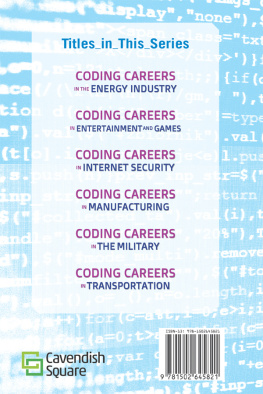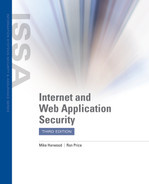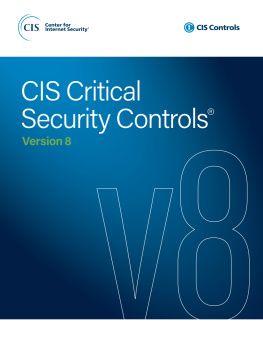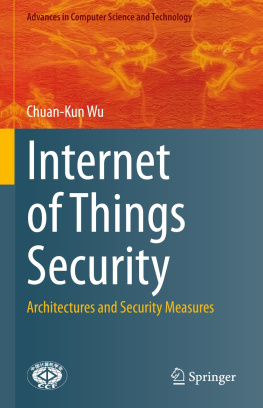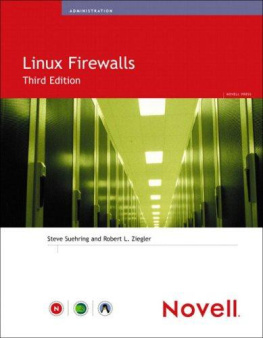Elizabeth D. Zwicky - Building Internet Firewalls
Here you can read online Elizabeth D. Zwicky - Building Internet Firewalls full text of the book (entire story) in english for free. Download pdf and epub, get meaning, cover and reviews about this ebook. year: 2000, publisher: OReilly Media, genre: Politics. Description of the work, (preface) as well as reviews are available. Best literature library LitArk.com created for fans of good reading and offers a wide selection of genres:
Romance novel
Science fiction
Adventure
Detective
Science
History
Home and family
Prose
Art
Politics
Computer
Non-fiction
Religion
Business
Children
Humor
Choose a favorite category and find really read worthwhile books. Enjoy immersion in the world of imagination, feel the emotions of the characters or learn something new for yourself, make an fascinating discovery.

- Book:Building Internet Firewalls
- Author:
- Publisher:OReilly Media
- Genre:
- Year:2000
- Rating:3 / 5
- Favourites:Add to favourites
- Your mark:
Building Internet Firewalls: summary, description and annotation
We offer to read an annotation, description, summary or preface (depends on what the author of the book "Building Internet Firewalls" wrote himself). If you haven't found the necessary information about the book — write in the comments, we will try to find it.
In the five years since the first edition of this classic book was published, Internet use has exploded. The commercial world has rushed headlong into doing business on the Web, often without integrating sound security technologies and policies into their products and methods. The security risks--and the need to protect both business and personal data--have never been greater. Weve updated Building Internet Firewalls to address these newer risks.
What kinds of security threats does the Internet pose? Some, like password attacks and the exploiting of known security holes, have been around since the early days of networking. And others, like the distributed denial of service attacks that crippled Yahoo, E-Bay, and other major e-commerce sites in early 2000, are in current headlines.
Firewalls, critical components of todays computer networks, effectively protect a system from most Internet security threats. They keep damage on one part of the network--such as eavesdropping, a worm program, or file damage--from spreading to the rest of the network. Without firewalls, network security problems can rage out of control, dragging more and more systems down.
Like the bestselling and highly respected first edition, Building Internet Firewalls, 2nd Edition, is a practical and detailed step-by-step guide to designing and installing firewalls and configuring Internet services to work with a firewall. Much expanded to include Linux and Windows coverage, the second edition describes:
- Firewall technologies: packet filtering, proxying, network address translation, virtual private networks
- Architectures such as screening routers, dual-homed hosts, screened hosts, screened subnets, perimeter networks, internal firewalls
- Issues involved in a variety of new Internet services and protocols through a firewall
- Email and News
- Web services and scripting languages (e.g., HTTP, Java, JavaScript, ActiveX, RealAudio, RealVideo)
- File transfer and sharing services such as NFS, Samba
- Remote access services such as Telnet, the BSD r commands, SSH, BackOrifice 2000
- Real-time conferencing services such as ICQ and talk
- Naming and directory services (e.g., DNS, NetBT, the Windows Browser)
- Authentication and auditing services (e.g., PAM, Kerberos, RADIUS);
- Administrative services (e.g., syslog, SNMP, SMS, RIP and other routing protocols, and ping and other network diagnostics)
- Intermediary protocols (e.g., RPC, SMB, CORBA, IIOP)
- Database protocols (e.g., ODBC, JDBC, and protocols for Oracle, Sybase, and Microsoft SQL Server)
The books complete list of resources includes the location of many publicly available firewall construction tools.
Elizabeth D. Zwicky: author's other books
Who wrote Building Internet Firewalls? Find out the surname, the name of the author of the book and a list of all author's works by series.

